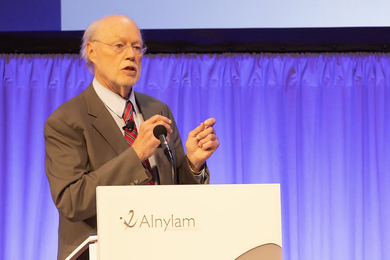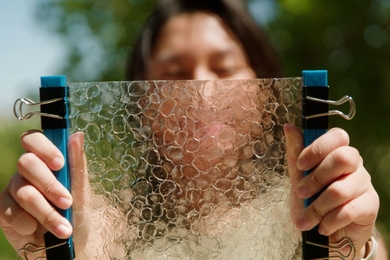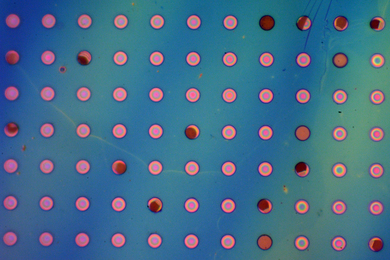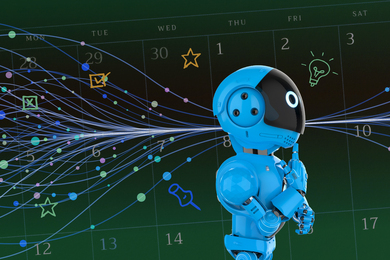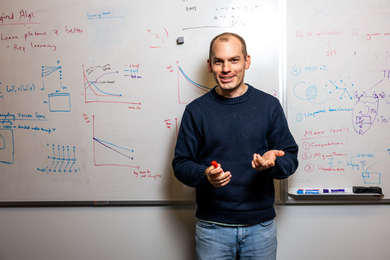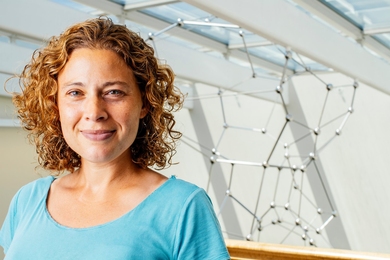New results from the Whitehead Institute for Biomedical Research confirmed that the cloning process jeopardizes the integrity of an animal's whole genome. The study implies that cloning for the purpose of producing a human being is unsafe and unethical.
Scientists had suspected this based on studying a mere dozen genes, but the current study, which will be reported online in the Proceedings of the National Academy of Sciences this week, expansively surveyed 10,000 genes for abnormalities. Using DNA arrays, researchers from the lab of Professor of Biology Rudolf Jaenisch found that approximately one in every 25 genes was abnormally expressed in placentas from cloned mice, and to a lesser extent, the livers of cloned mice exhibited abnormal gene expression.
"Recent studies showing premature death, pneumonia, liver failure and obesity in aging cloned mice could be a consequence of these gene expression abnormalities," Jaenisch said.
This study establishes unequivocally that the normality of surviving cloned animals should not be based on superficial clinical examinations but rather on detailed molecular analyses of tissues from adult cloned animals. In other words, even seemingly "normal-looking" clones may have serious underlying genome defects.
The data suggest that many factors may contribute to abnormal gene expression in cloned animals including the cloning procedure itself and epigentic errors inherited from the cell used in cloning. Epigentic errors occur in imprinted genes - genes that are controlled by special tags that tell a gene to be either turned on or off during fetal development. Currently it's impossible to test for epigentic errors during pregnancy, since they don't affect the base sequence of a gene.
The cloning procedure, however, can be safely used to create embryonic stem cells to treat diseases such as Alzheimer's, diabetes and autoimmune disorders. The procedure, often called therapeutic cloning, involves removing the nucleus, which contains the DNA, from an egg and replacing it with the nucleus from an adult. For instance, the nucleus from the skin cell of an Alzheimer's patient can be transferred into an emptied egg. The egg resets the developmental clock of the transferred nucleus and the reprogrammed cell starts developing into an embryo that is genetically identical to the patient.
At the stage when the embryo develops into a hollow ball of approximately 100 cells, called a blastocyst, it contains a nub composed of embryonic stem cells that have the potential to become any cell in the body, including new neurons, muscle cells or blood cells. The embryonic stem cells from the blastocyst can be isolated and used to treat the patient without the complications associated with foreign donor tissue.
"It is important to remember that embryonic stem cells when combined with normal cells - as is the case with cell therapy - may function fine. Embryonic stem cells used to make whole animals, however, would likely produce organisms that are abnormal, since many of the abnormally expressed genes have defined roles in fetal development," said Jaenisch.
Earlier this year, Whitehead scientists used a mouse model to establish for the first time that a combination of therapeutic cloning, gene therapy and embryonic stem cell differentiation could be used to create custom-tailored cellular therapies for genetic disorders.
A version of this article appeared in MIT Tech Talk on September 11, 2002.
